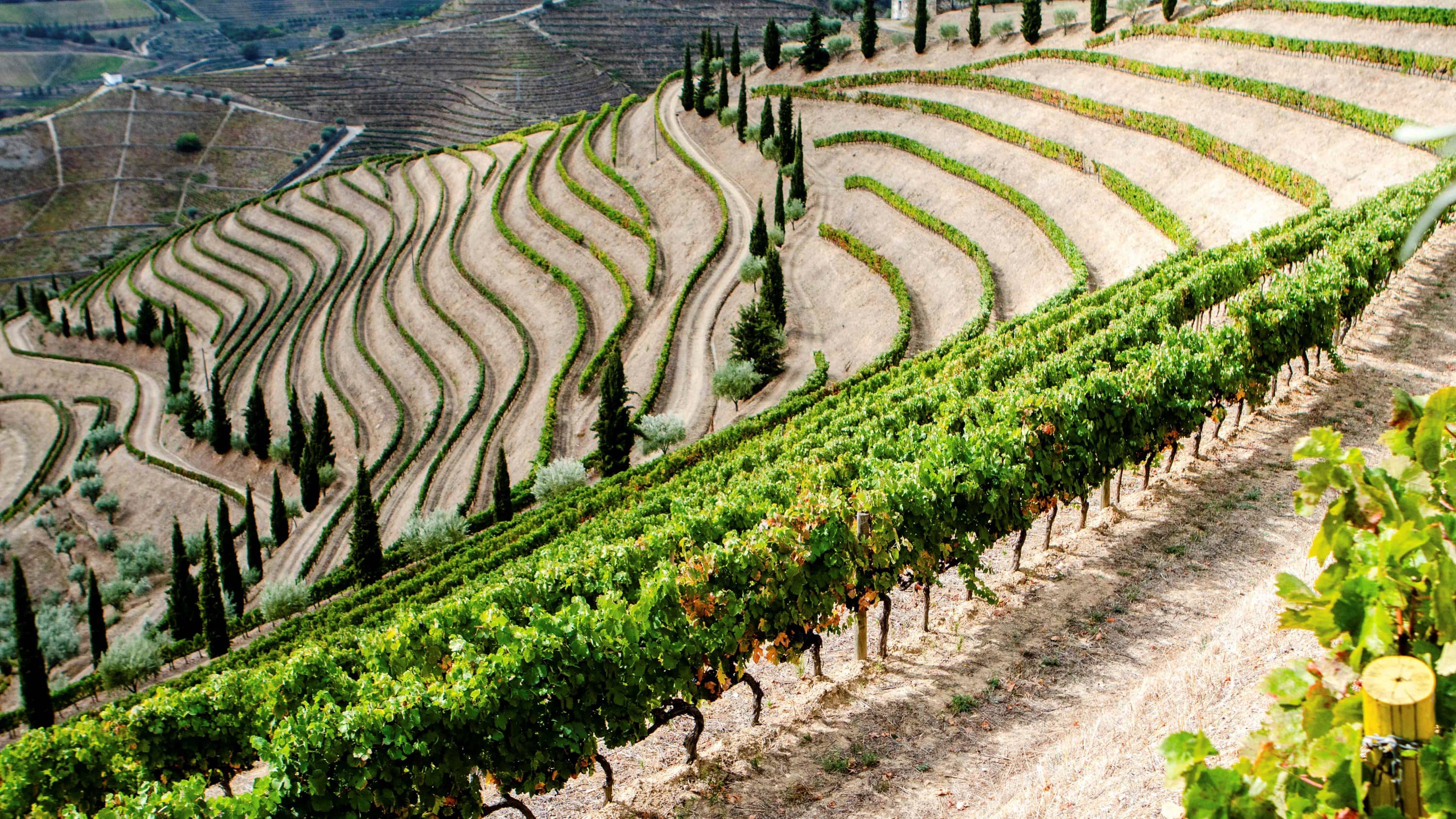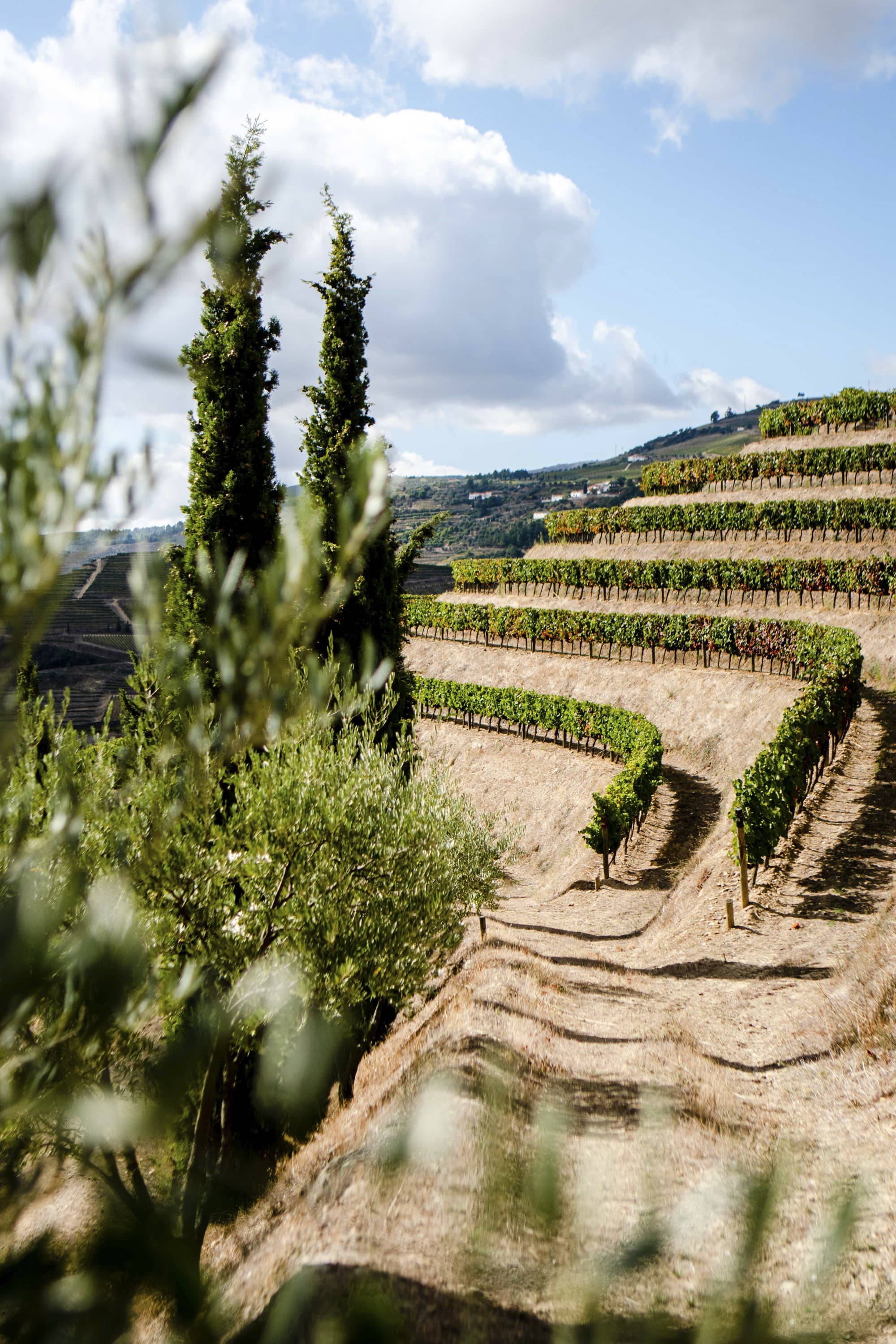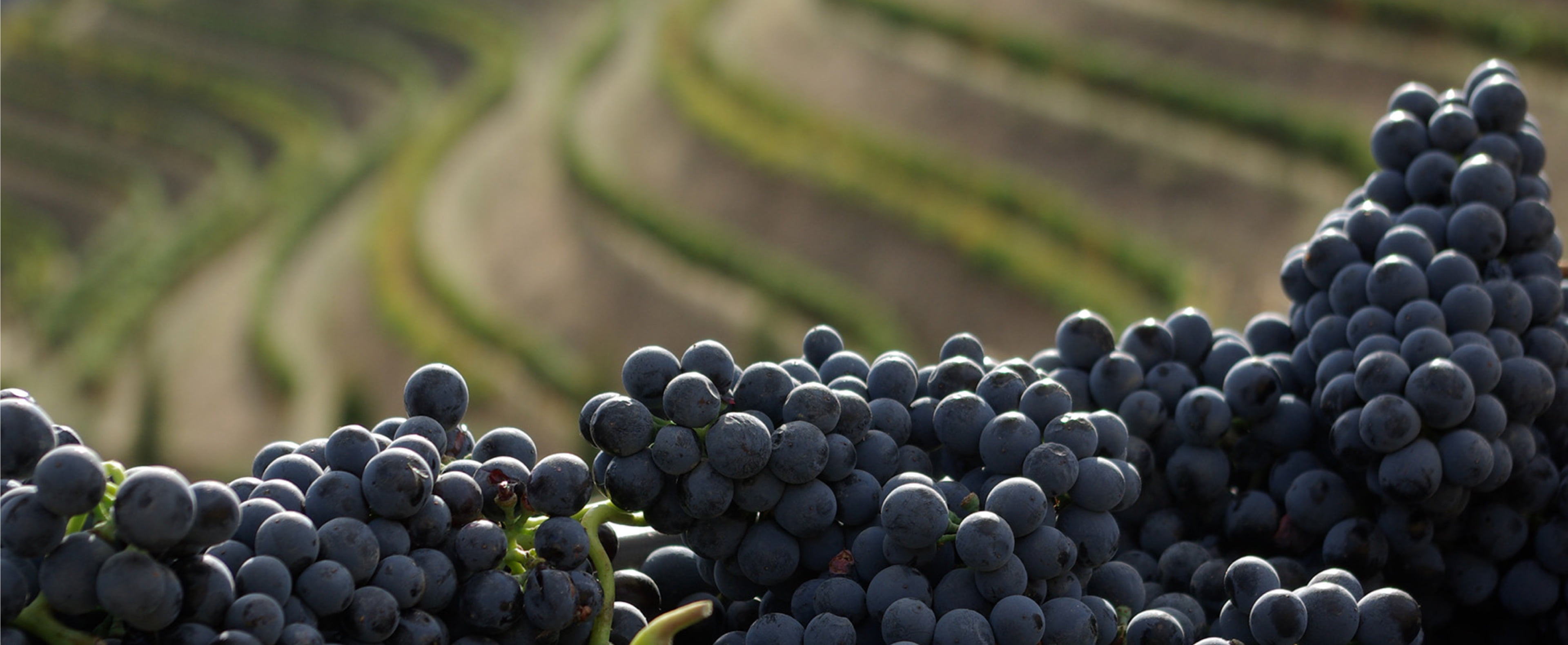This model also avoids the use of chemicals to control unwanted vegetation. This is achieved by allowing free access to the slopes, which are lower and more accessible than those used in conventional patamares. In this way any natural plant growth can be cut mechanically. The dry straw that remains on the banks helps stabilize the slopes and provides a habitat for insects and other wildlife.
Along the vine rows, control is accomplished by sowing a temporary mat of drought-sensitive cover plants such as clover and lupine. These remain between November and late spring while the vines are still dormant, preventing invasive plants from occupying the ground. After this period, they die back naturally with the onset of summer and can be mechanically cut back to form a natural mat between the vines, reducing water loss and restoring natural organic matter to the soil. Other components of the model include the planting of olive trees and the conservation of areas of natural vegetation, ensuring the diversity of plant and animal life, often extinct in areas of intensive viticulture.
Perhaps the most critical aspect of all is the correct selection of grape varieties and their distribution within the vineyard, ensuring that each one is planted in an optimum location so that it can thrive naturally and develop its own resistance to drought, disease and vineyard pests, while still producing perfectly ripe, high quality grapes.






















